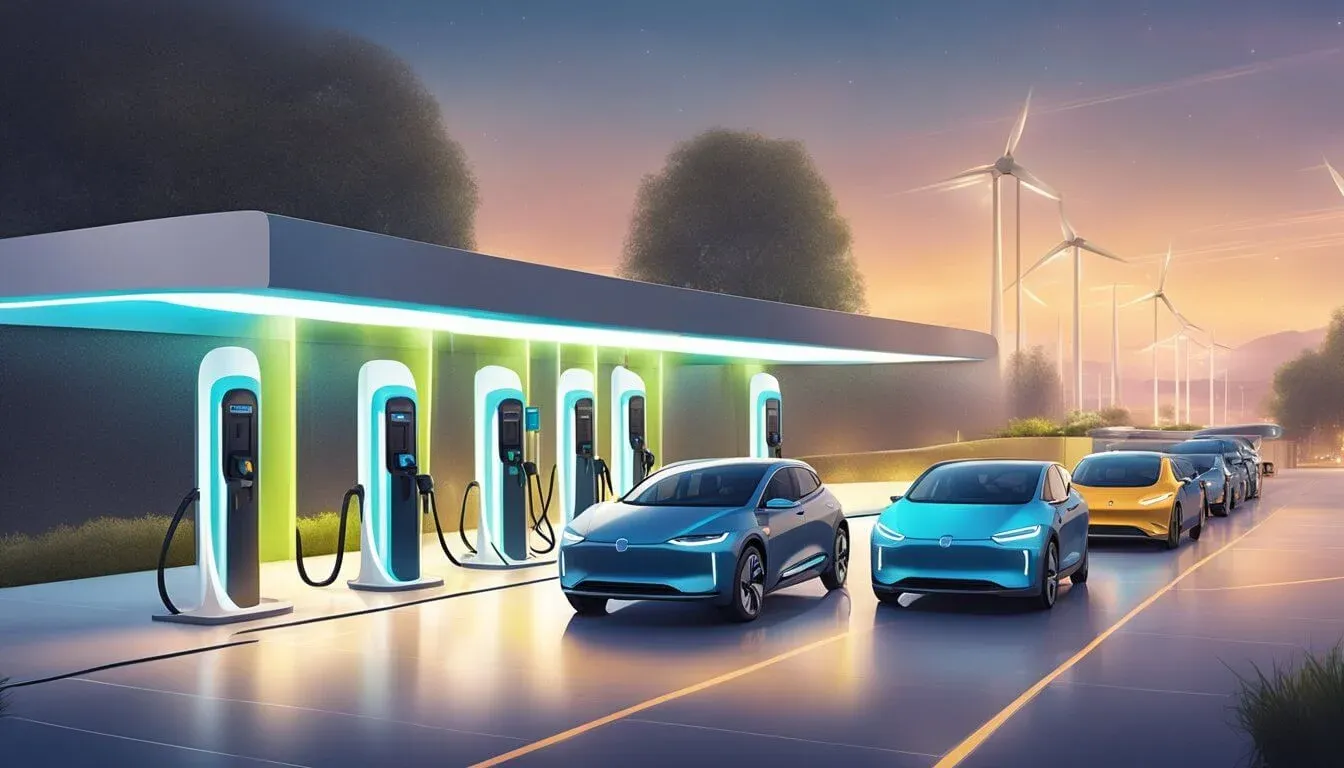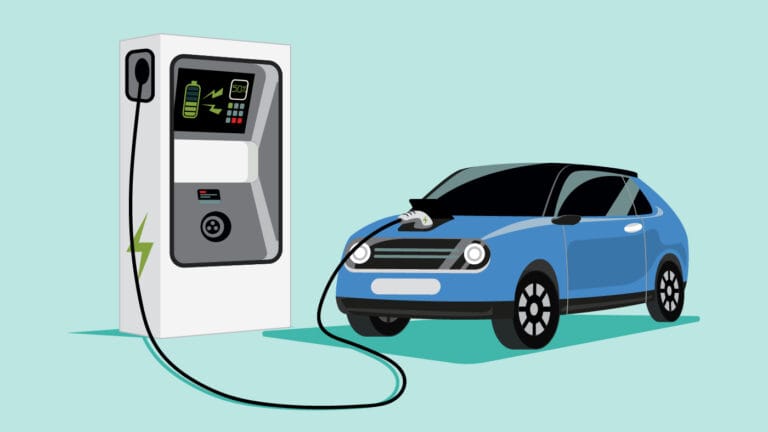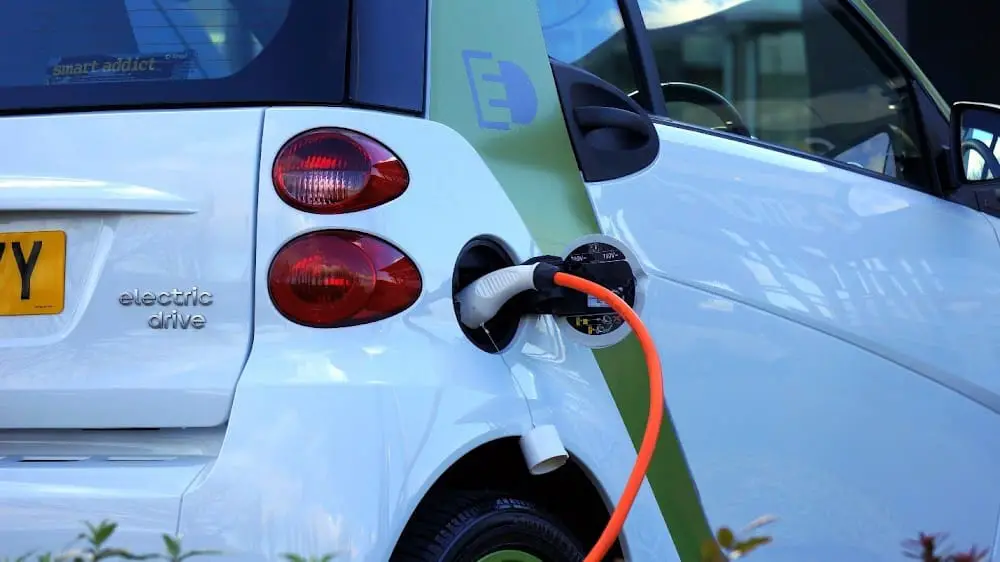Is Banning Imports a Solution to Adopting Electric Vehicles?
The transition to electric vehicles (EVs) is seen as a key strategy for reducing carbon emissions, achieving sustainable mobility, and addressing climate change.


The transition to electric vehicles (EVs) is seen as a key strategy for reducing carbon emissions, achieving sustainable mobility, and addressing climate change.
However, as many countries, particularly in Africa and other developing regions, grapple with adopting EVs, the idea of banning imports of internal combustion engine (ICE) vehicles has emerged as a potential solution to accelerate the shift toward electric mobility.
We shall explore the potential implications, benefits, and challenges of such a policy.
1. Rationale for Banning ICE Vehicle Imports
Countries considering the ban on ICE vehicle imports often cite several reasons related to environmental goals, energy security, and industrial policy:
Environmental Concerns
ICE vehicles are major contributors to greenhouse gas emissions and air pollution, which pose serious environmental and health risks.
Transitioning to EVs can help mitigate these issues by reducing dependence on fossil fuels and cutting tailpipe emissions.
Countries seeking to reduce their carbon footprint, such as Norway and the Netherlands, have already proposed bans on new sales of gasoline and diesel vehicles by 2030 or 2035.
Energy Security
For many developing countries, especially those that rely heavily on imported fuel, a shift toward electric vehicles could enhance energy security.
By reducing dependence on petroleum imports, countries could lower their exposure to volatile fuel prices and save on foreign exchange.
Transitioning to EVs powered by local renewable energy sources can also promote energy independence.
Encouraging Local Manufacturing
A ban on ICE vehicle imports may also incentivize local manufacturing of electric vehicles.
Governments may view this as an opportunity to boost domestic production capabilities, create jobs, and stimulate economic growth by building a local EV industry.
This approach is particularly appealing for countries seeking to reduce their reliance on imported goods and build sustainable industries.

2. Countries Leading the Way
Several countries and regions have either proposed or implemented plans to phase out or ban the sale of new ICE vehicles, to accelerate the adoption of electric vehicles:
- Norway has set the most aggressive target, aiming to sell only zero-emission vehicles by 2025.
- The European Union has proposed to ban the sale of new gasoline and diesel cars by 2035, with intermediate targets to reduce emissions from vehicles.
- China, the world’s largest EV market, has implemented policies to phase out new ICE vehicles and push for the development of electric alternatives.
However, while these countries have robust industrial and technological bases, Africa and other developing regions face more substantial challenges.
3. Challenges of Banning ICE Vehicle Imports in Developing Countries
While banning ICE vehicle imports may seem like a quick solution to promote EV adoption, it poses significant challenges for developing countries, particularly in Africa:
High Cost of Electric Vehicles
EVs are still significantly more expensive than ICE vehicles, making them less accessible to most consumers in low- and middle-income countries.
Even though prices for electric cars have been falling, the upfront cost remains prohibitive for many buyers.
In Africa, where used vehicles make up the majority of car sales, banning ICE vehicle imports could drive up transportation costs, disproportionately affecting low-income individuals.
The affordability gap is further widened by the fact that a large percentage of African households purchase second-hand cars.
In countries like Kenya, Nigeria, and South Africa, the used car market dominates, providing affordable transportation options to millions of people.
Without viable alternatives, banning ICE vehicle imports could exacerbate economic inequalities.
Lack of Charging Infrastructure
One of the biggest challenges to EV adoption in developing countries is the lack of charging infrastructure.
Most African nations have minimal or non-existent public charging networks, and developing this infrastructure will require substantial investments.
Without adequate charging stations, EVs would be impractical for most drivers, especially in rural areas where access to electricity is already limited.
The situation is compounded by frequent power outages in many African countries, making it difficult to rely on a stable grid for EV charging.
If governments were to ban ICE vehicles without addressing the infrastructure gap, it could lead to widespread transportation disruptions and social unrest.
Unreliable Power Supply
Sub-Saharan Africa faces significant challenges in terms of energy access and reliability.
In many regions, electricity access is inconsistent, and power outages are common.
For electric vehicles to become a practical alternative, countries must first stabilize their energy supply, which involves investing in renewable energy sources and improving grid capacity.
Transitioning to EVs without addressing these energy challenges could limit their adoption and reduce the potential environmental benefits. EVs need to be powered by clean, renewable energy sources to achieve their full potential in reducing carbon emissions.
Economic and Employment Impacts
Banning ICE vehicle imports could also have far-reaching economic consequences. In many African countries, the automotive sector—particularly the import and resale of used vehicles—supports a large informal economy.
From mechanics and parts suppliers to used car dealerships, a significant number of jobs depend on the ICE vehicle market.
Sudden policy changes could lead to unemployment and social instability, especially if alternative employment opportunities in the EV sector are not readily available.

4. Potential Solutions to Accelerate EV Adoption Without Bans
While banning ICE vehicle imports could push the transition to electric vehicles, it is not necessarily the only or the best solution for developing countries.
A more balanced approach, combining incentives, infrastructure development, and consumer education, could be more effective in encouraging EV adoption.
Government Incentives
Governments could offer subsidies, tax breaks, and reduced import duties for EVs to make them more affordable for consumers.
Several countries, such as Kenya and South Africa, have already begun reducing tariffs on electric vehicles to stimulate demand.
Expanding these incentives could help bridge the affordability gap between EVs and ICE vehicles.
Developing Charging Infrastructure
Building out a network of charging stations is crucial to overcoming range anxiety and encouraging EV adoption.
Governments and private companies can collaborate to develop public charging points in urban areas, highways, and rural regions.
Investments in renewable energy sources such as solar and wind could also help stabilize the power grid, ensuring that EVs are charged sustainably.
Encouraging Local Manufacturing
Developing local manufacturing capabilities for electric vehicles and their components can reduce reliance on expensive imports and create jobs.
Countries like Kenya have seen small-scale local initiatives like Opibus, which focuses on electric motorcycles and buses.
Governments could support these initiatives through financial incentives, research and development funding, and infrastructure development.
Education and Awareness Campaigns
Public awareness campaigns that educate consumers on the long-term benefits of EVs, such as lower fuel costs and reduced maintenance, can help dispel myths and increase interest in electric mobility.
By raising awareness of the environmental and economic benefits of EVs, governments and industry stakeholders can build consumer confidence in electric vehicles.

In conclusion, while banning the import of ICE vehicles may seem like an effective policy to accelerate the adoption of electric vehicles, it is not a comprehensive solution, especially for developing countries.
High EV costs, lack of charging infrastructure, unreliable power supply, and potential economic disruptions make this approach risky.
A more balanced strategy that focuses on affordability, infrastructure development, and incentives is likely to be more effective in encouraging the adoption of electric vehicles in regions like Africa.
By addressing these barriers, governments can create a sustainable path toward electric mobility that benefits both the economy and the environment.




